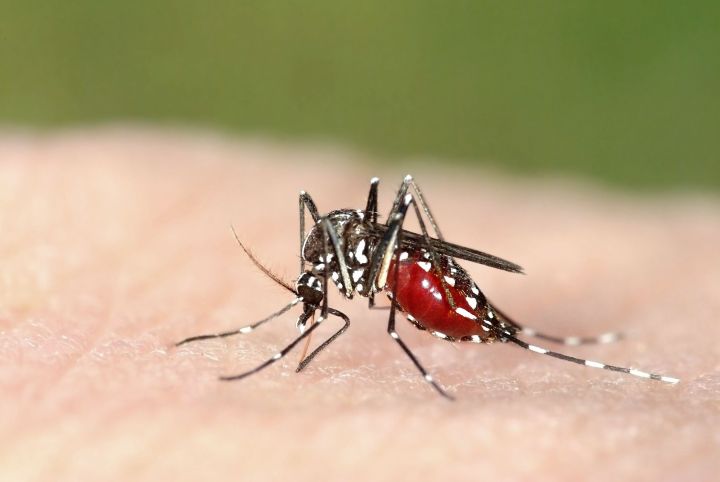
In a study involving the malaria-carrying Anopheles gambiae mosquito, the scientists tested mosquitoes’ biting preferences in different conditions by separating them into two groups. One group was kept entirely in the dark, while another received the pulses of light. Those mosquitoes which had received the light dosage showed “significant suppression” in terms of their biting.
In another experiment, the mosquitoes were pulsed with light every two hours, which minimized their biting through a large portion of a 12-hour night period.
“Anopheline mosquitoes are mostly nocturnal and bite at night, and Anopheles gambiae is the major vector for the transmission of the human malaria parasite in Africa,” Dr. Giles Duffield, associate professor of biology at the University of Notre Dame, told Digital Trends. “It is the bite of a female Anopheles gambiae mosquito that can transmit the malaria parasite. We examined the effect of light on both the biting behavior and flight activity of mosquitoes. We discovered that discrete treatments of light could suppress biting behavior when assayed on a human subject, specifically exposure of a container of mosquitoes to a human arm. This inhibition effect was observed during the light exposure, immediately afterwards, and several hours after the treatment.”
As Duffield noted, flight activity was also affected in the mosquitoes — with those which received the light pulses appearing less interested in flying at the onset of the night.
The work is still at a relatively early stage. Duffield said that more work is still to be done, in order to discover exactly what the mosquitoes are reacting to. “Determining the optimal dose of light is important, which can be accomplished by testing different durations and intensities of light exposure; as well as examining the different wavelengths of light,” he said. “The aim would be to find a wavelength of light that is optimal at suppressing biting, while also being less disturbing to the human who may be sleeping.”
Long-term, he suggested that some kind of light-based tool could be used as a mosquito bite prevention measure, presumably in conjunction with some of the other innovative technologies being used in the battle against malaria.
A paper describing the work was recently published in the journal Parasites and Vectors.



